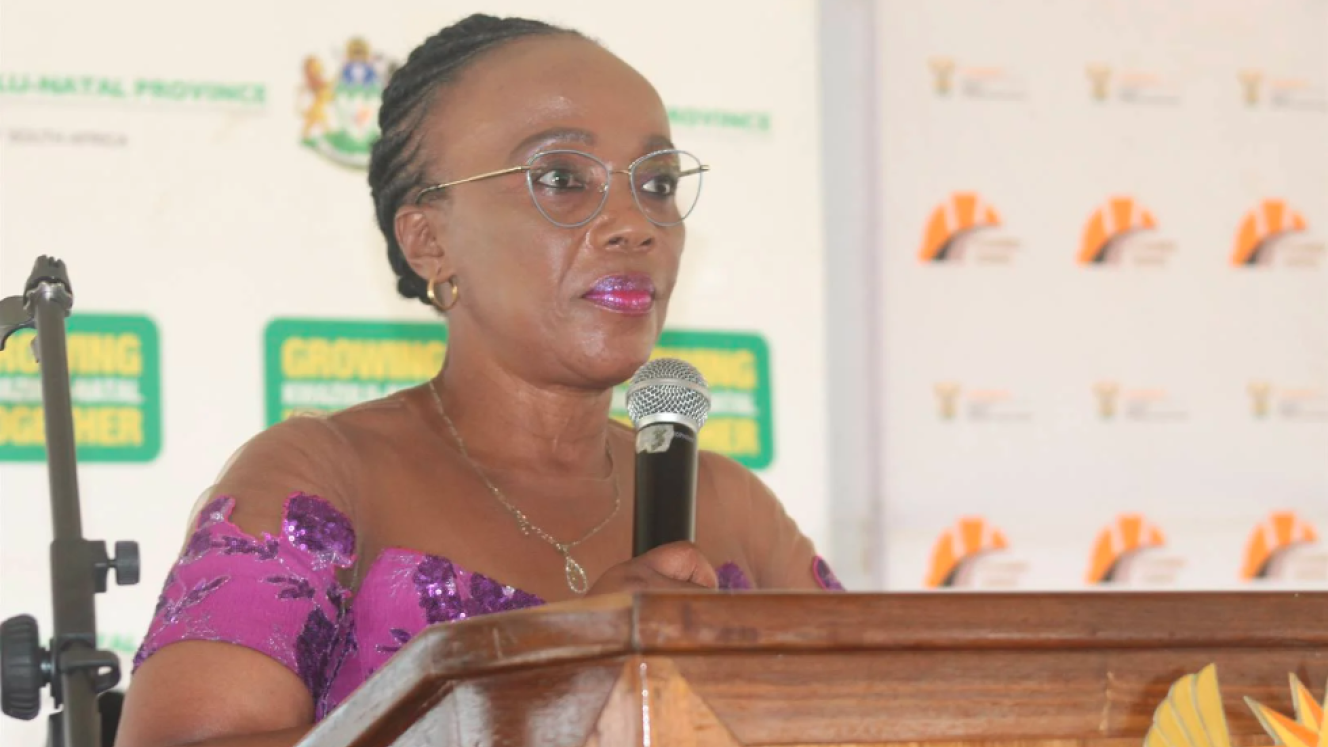Developing countries have raised concerns about Africa’s ability to produce enough SAFs to meet the global target of reducing carbon-intensive aviation fuels by 5% by 2030.
They called for frameworks to ensure that the development of green fuels for the aviation industry was a global affair so that no continent would be left behind.
The discussion took place at the ICAO Third Conference on Aviation and Alternative Fuels (CAAF/3), where delegates from over 100 countries debated ways to boost the production of sustainable aviation fuel, low-carbon aviation fuels (LCAF) and other clean energy sources.
Developing economies
According to Iata's nett-zero roadmaps, 80% of aviation's fuel carbon reduction by 2050 will be realised through SAF. But this comes with several problems for developing countries.
"Unavailability of adequate (SAF and LCAF) in quantity globally, and lack of decentralisation in production will result in high travel costs that, in turn, will affect the growth and competitiveness of international aviation, particularly in developing states," said Dhenge Boru, Ethiopian Minister of Transport and Logistics.
He asked the delegates to recognise this reality and to frame a globally achievable ICAO vision 2030 for cleaner energy that will not compromise air transport development.
African leaders pointed out that many African states did not have the finance or infrastructure to produce SAF and LCAF. The introduction of SAF flights into developing states in Africa would radically increase airfares, diminishing the already tiny civil aviation market on the continent, and hindering the aviation sector's growth.
Boru said the differential in the price of jet fuel and the price of SAF/LCAF had to be taken into account and the global framework must address the availability, reliability and affordability of SAF/LCAF and its cost impacts on airfares.
Iata has already introduced the Tinvest hub initiative, a framework inviting ICAO to act as a match-maker to ensure no Global South state was left without investment and technology during its migration to producing SAF and LCAF.
Lydia Sindisiwe Chikunga, South Africa’s Minister of Transport, also explored this theme, asking the new framework to consider the different circumstances and capabilities of states, in particular developing countries, and the maturity of their markets.
Chikunga also emphasised that if this migration to SAF and LCAF was not done sustainably, with support for the African continent, it would affect food and water supplies for local markets.
The manufacture of SAF and LCAF used feedstock largely grown throughout Africa, she explained. Increased feedstock production for SAF could put strain on food and water supplies for residents as farmers would find larger profits selling their produce to SAF manufacturers, neglecting local food supplies.
“The production therefore, should be undertaken in such a way that environmental risks are minimised, and food and water security is not threatened in developing countries, who are the main producers of agricultural feedstock needed for SAFs,” said Chikunga.
CAAF/3 agreed that the new goal for aviation fuel would be achieved in different time frames for different countries, and African leaders acknowledged the equally positive impact that nett-zero projects would have for their aviation industry.
Nigerian Minister of Civil Aviation, Festus Keyamo San, acknowledged that the Single African Air Transport Market (SAATM) had a part to play in aviation sustainability.













